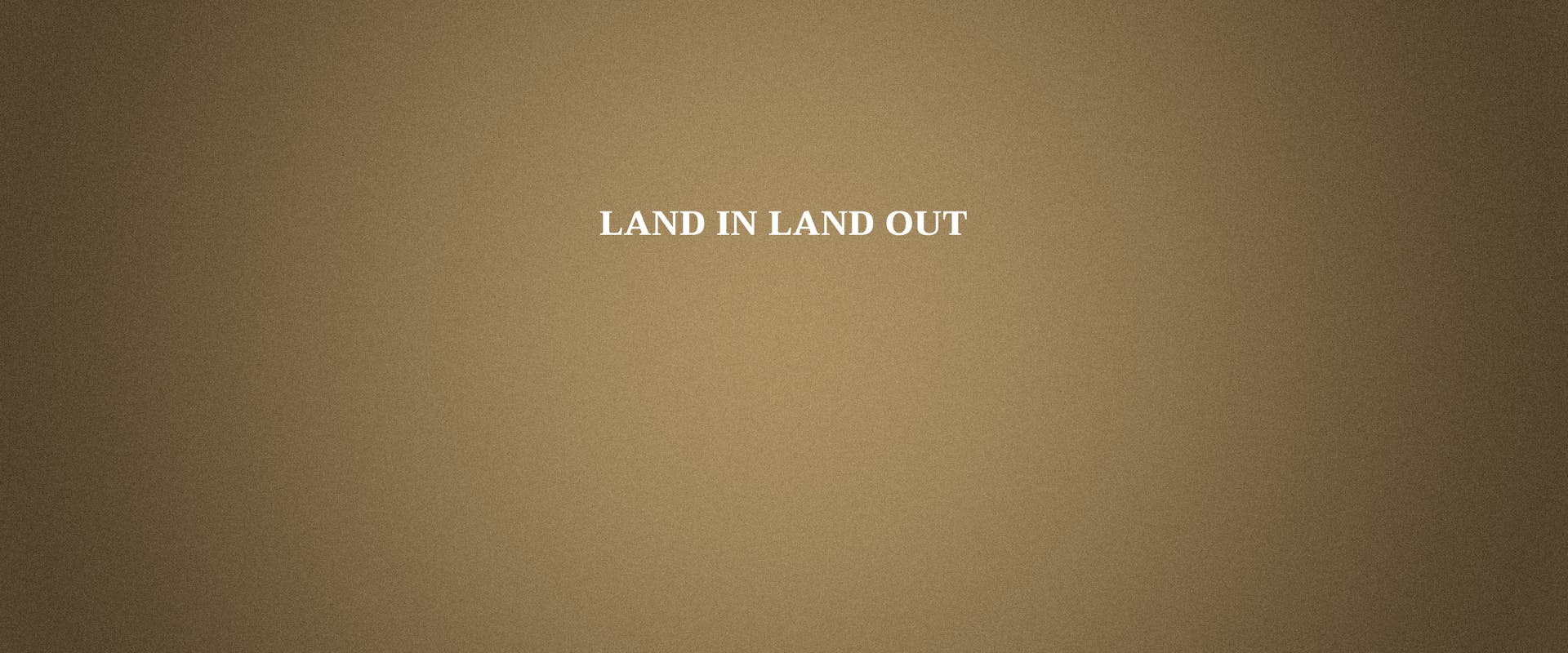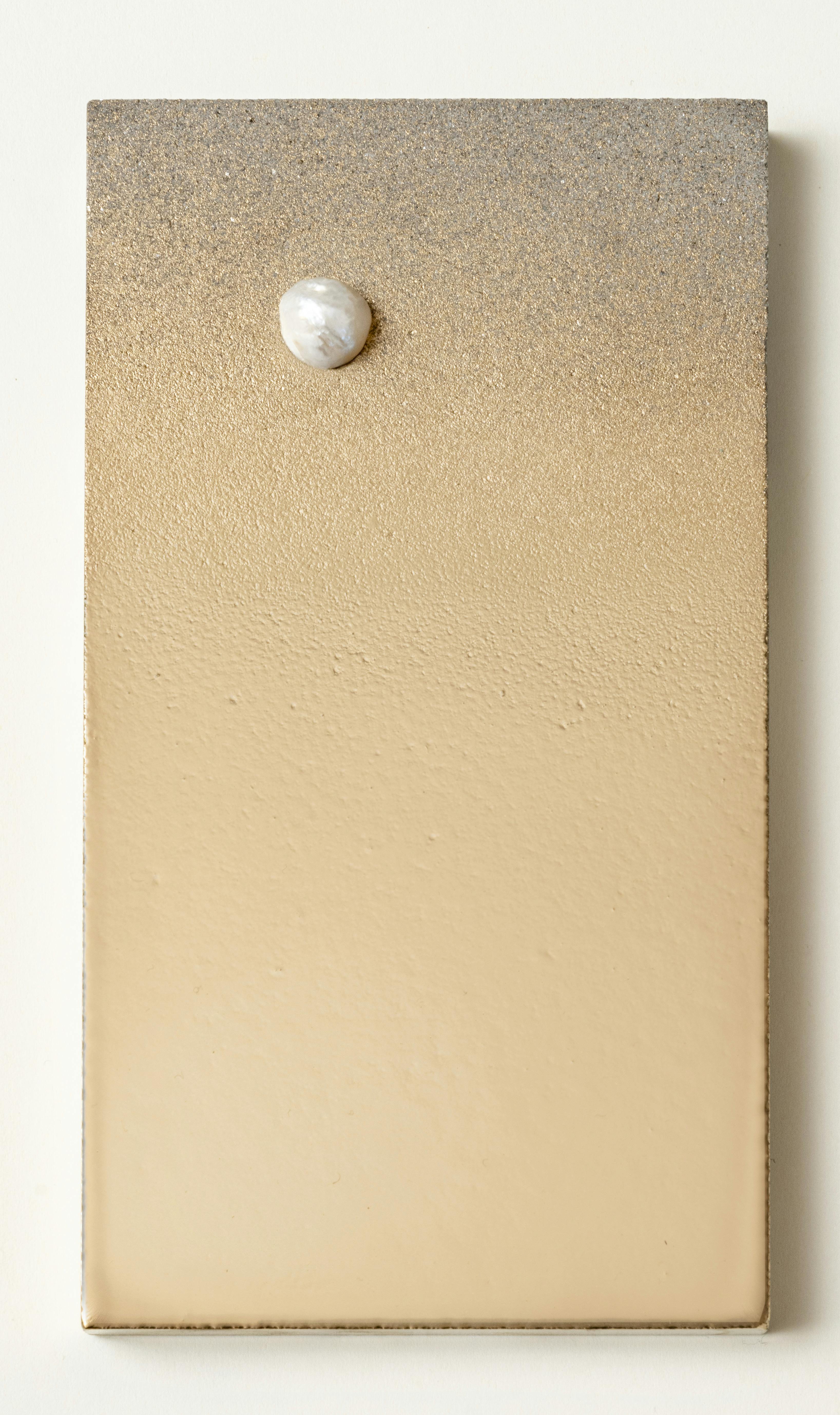Land In Land Out
Contemporary artworks in dialogue with masperpieces: ‘miniatures’ on the landscape to rediscover the deepest sense of looking
Sixteen contemporary artists, eight Italian and eight Belgian, confront the 16:9 panoramic format, exhibiting pairs of works in dialogue with masterpieces in the Uffizi Gallery, including paintings by Simone Martini and Lippo Memmi, Ambrogio Lorenzetti, Fra Bartolomeo, Giovanni Bellini, Tintoretto, and Veronese.
The choice of the sixteen nones format as the exhibition's 'leitmotif,' represents art's attempt to rediscover the most intimate and profound sense of looking represented in contemporary times by the cell phone format but, above all, a measure of human psycho-vision, with the intention of highlighting the relationship between the work of art and the viewer and what perceptual yardstick we use to define what divides us and the imagined dimension of the work.
At the same time, the exhibition also aims to establish a connection between Italian and Belgian culture, focusing on the concepts of landscape observation and interpretation. The landscape genre, starting from its maximum diffusion around the 16th century in the Netherlands, distinguishes the history of art in these two countries. Italy and Belgium have often confronted each other with it, exerting over time and in artistic experiences a mutual contamination. Even today, the word landscape refers to a traditional idea of naturalistic representation and, in more general terms, to the painting bounded by the border of a frame.
Through their works, the artists featured in LAND IN LAND OUT address the forcings and stereotypes of this genre: they are Lucia Bru, Hans Demeulenaere, Edith Dekyndt, Stef Driesen, Hans Op de Beeck, Nathalie Du Pasquier, Serena Fineschi, Tina Gillen, Marco Neri, Luca Pancrazzi, Alessandro Scarabello, Serse, Pieter Vermeersch, Laura Viale, Luca Vitone, and Sophie Whettnall.
The 8 dialogues in the Uffizi Galleries
ROOM A5
Serena Fineschi, Edith Dekyndt in dialogue with Simone Martini and Lippo Memmi
Fineschi and Dekyndt's practice is united by their observation of materials to understand their artistic potential. The golden surface of Simone Martini and Lippo Memmi's work is the stimulus to trigger a reflection on landscape as abstraction, as sensory restitution, activating physical and mental experience.
ROOM A6
Marco Neri, Tina Gillen in dialogue with Ambrogio Lorenzetti
United by their interest in "inhabited space," Neri and Gillen's research focuses on schematization, language attentive to geometry, linearity, formal and tonal rigor. Both share a compositional ideal found in the "palimpsest" of Lorenzetti's master work.
THE TERRACE OF THE MAPS ROOM (A14)
Luca Vitone, Lucia Bru in dialogue with the Terrace of the Maps Room
Vitone and Bru are both interested in the environment, spatiality and man, understood as an elected being of dwelling. With different approaches they introduce the study to the creation of new territories and geographies, for a metaphorical change in the representation of space.
ROOM A29
Luca Pancrazzi, Sophie Whettnall in dialogue with Lorenzo di Credi
The meeting point between Pancrazzi and Whettnall is found in the liminal dimension of the masterwork, which, at its core, constitutes an alchemical space made up of "inside and outside," "light and shadow." Both men's focus on revisiting natural environments and the architectural landscape, combined with their propensity for monochrome, converges in the compositional complexity of Lorenzo di Credi's work.
ROOM A34
Nathalie Du Pasquier, Hans Demeulenaere in dialogue with Giovanni Bellini
Du Pasquier and Demeulenaere draw on geometric structures and essential forms as foundational elements of their practice. Both work on spatial conformation by means of color and installation. The chromatic and scenographic complexity of Bellini's work ignites a discussion of the idea of landscape-object in terms of aesthetic reconfiguration and apparent functionality.
ROOM A38
Alessandro Scarabello, Stef Driesen in dialogue with Fra Bartolomeo
Scarabello and Driesen focus on the search for a symbiosis between the romantic sublime, contemplation, desire and mortal carnality. The enigmatic atmosphere, the result of a divine light present in the verse of Fra Bartolomeo's Pugliese tabernacle, becomes the element with which to trigger an evocative dialogue about the idea of perceived and internalized landscape.
ROOM D25
Serse, Hans Op de Beeck in dialogue with Tintoretto
In the research of Serse and Op de Beeck, the atmospheric dimension is a distinctive element that is as charged with pathos as the representation of water and the sea. In Tintoretto's work, the portion of the sea merges with the figure through an angle created by the curve of the arm of the portrayed subject. This device proves to be the trigger for a dialogue between the artists on the emotional implications that unite man and nature.
ROOM D26
Laura Viale, Pieter Vermeersch in dialogue with Veronese
In the case of Viale and Vermeersch, the chosen work is strongly charged with atmosphere. The rarefied and emotional filter that pervades Veronese's painting amplifies the interpretive possibilities of both artists, according to their common tool of saturation and chromatic toning. This attitude returns a vision of landscape in terms of formal radicalization and with strong philosophical implications.

